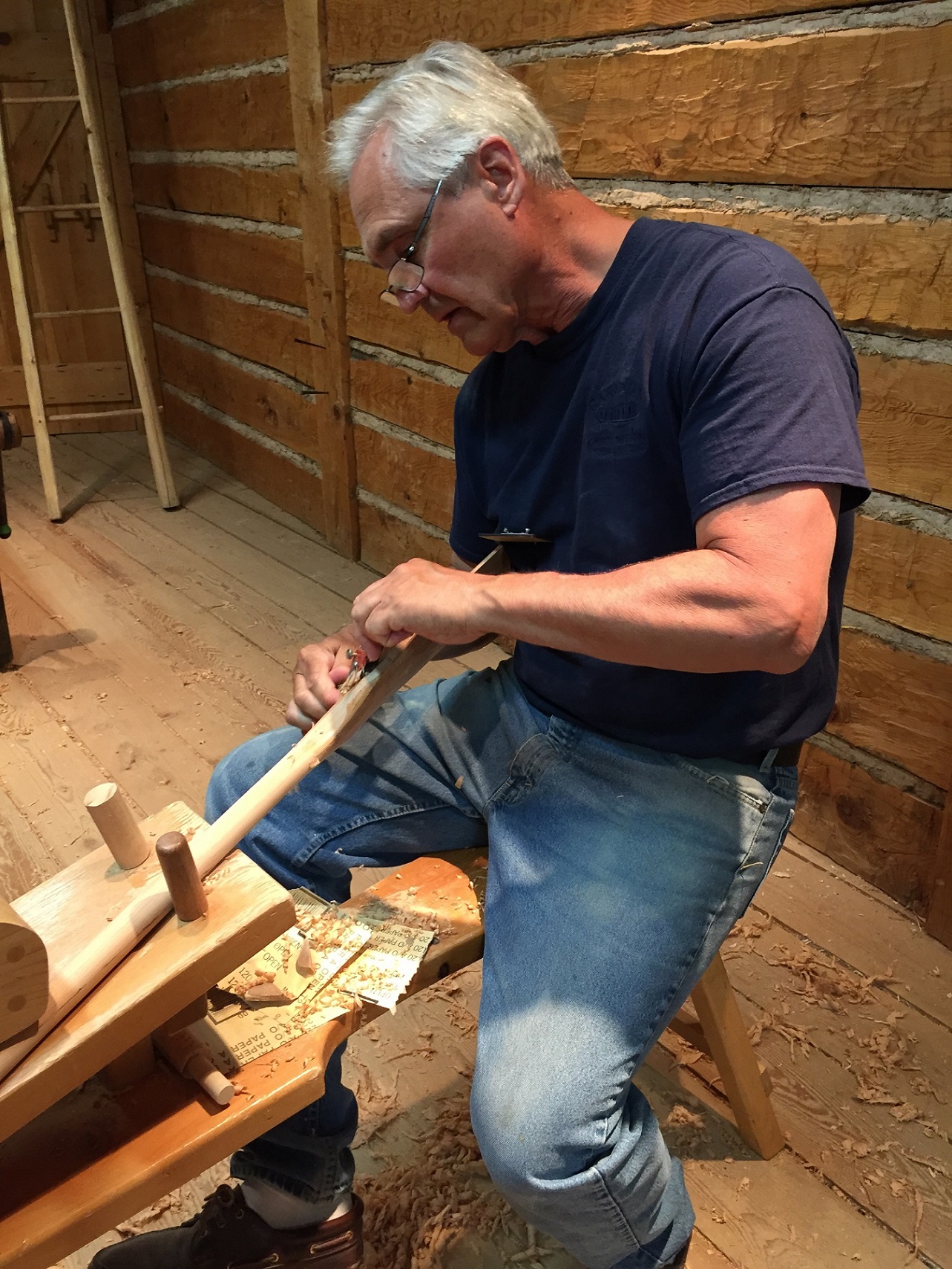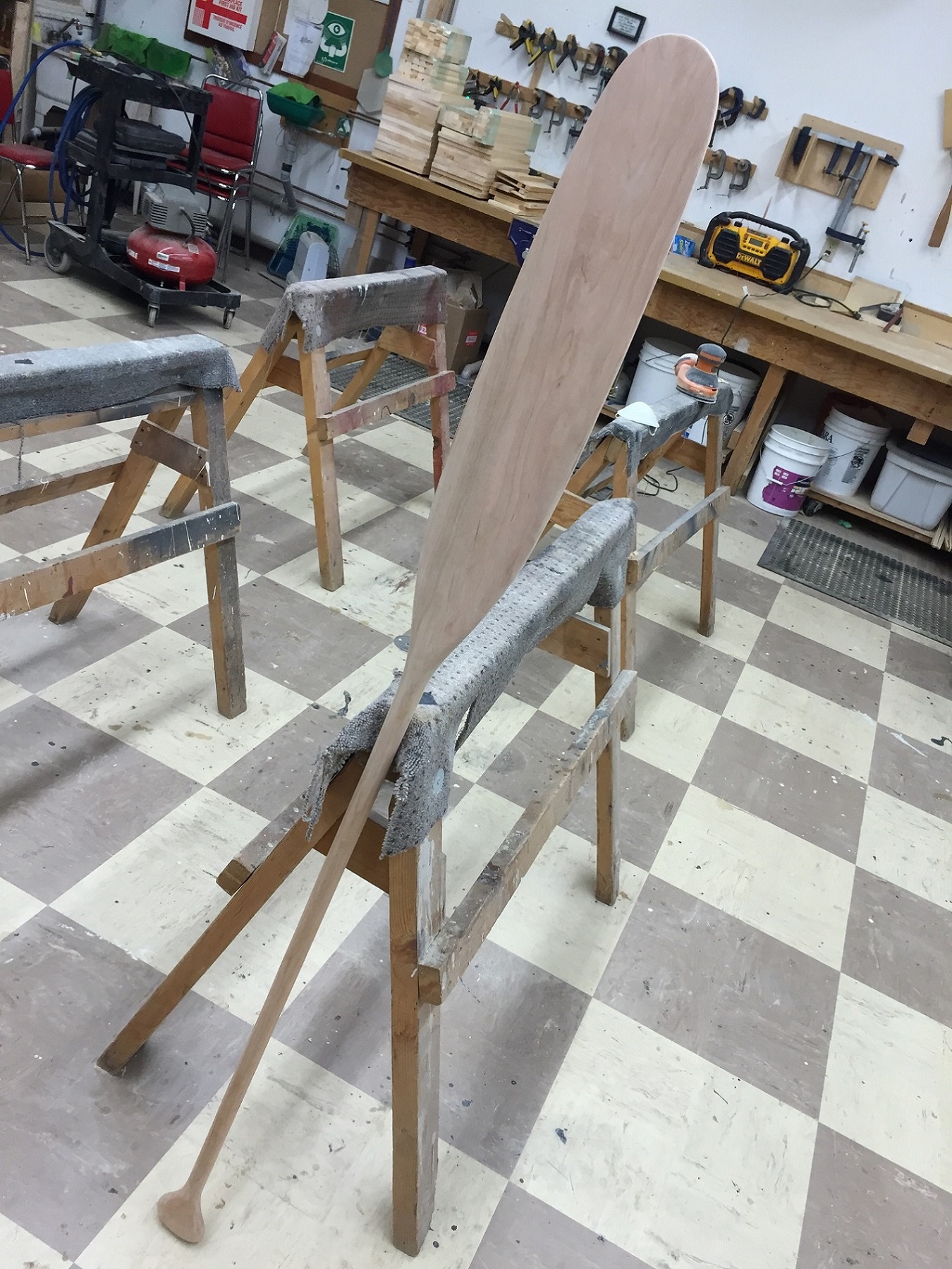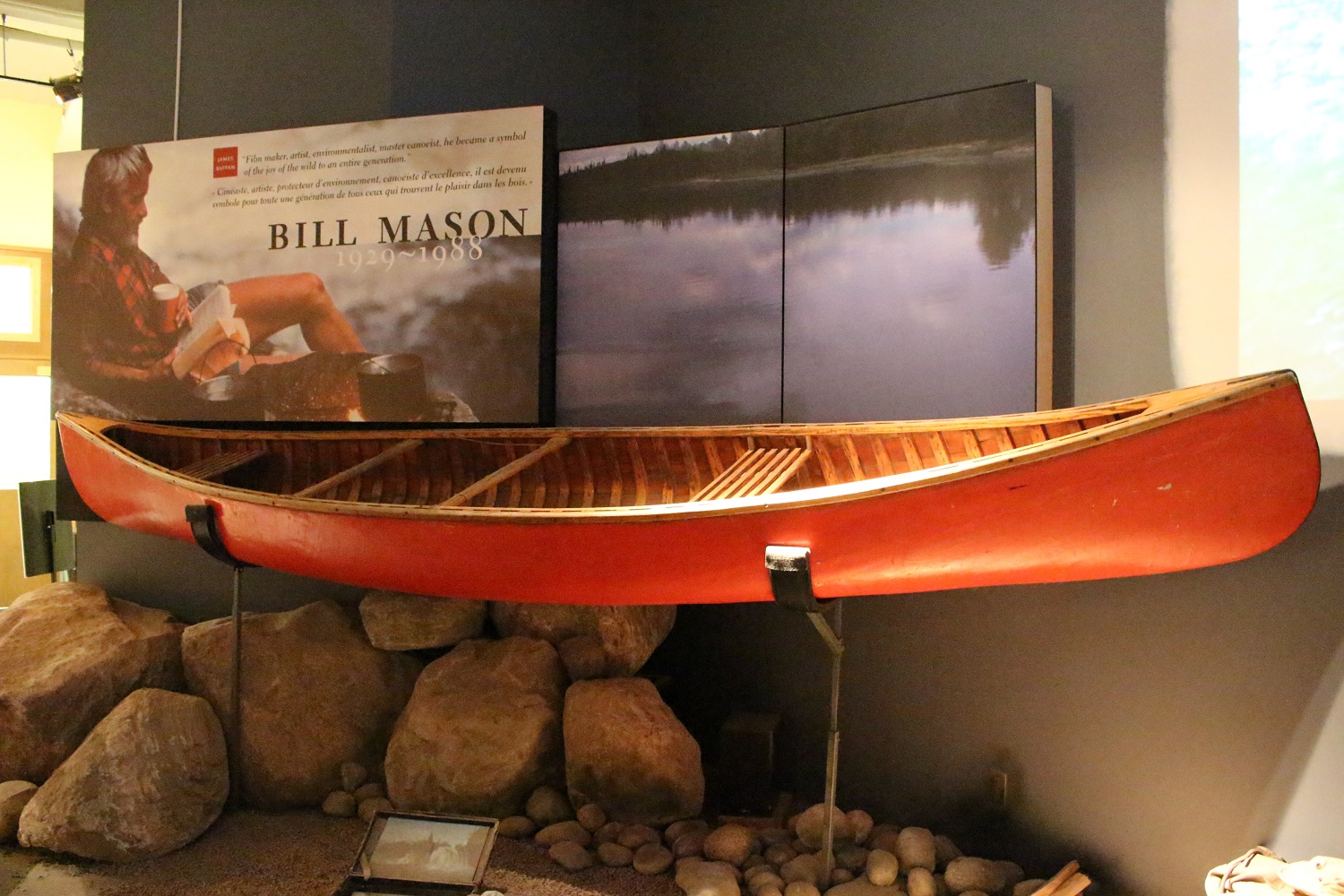The father of Canadian canoeing, Bill Mason, once said: “I have always believed that the Canadian wooden canoe is one of the greatest achievements of mankind. There is nothing that is so aesthetically pleasing and yet so functional and versatile as the canoe. It is as much a part of our land as the rocks and trees and lakes and rivers.”
If you don’t already think it’s one of our greatest achievements, a visit to the Canadian Canoe Museum in Peterborough, Ontario, may convince you. Stepping into the museum takes you back into Canada’s history. South of our border, wagon trains opened up the country; in Canada, the boreal forests’ lakes and rivers provided a different way of exploring the west, from Quebec City to the Pacific coast.
The First Nations people developed the canoes and kayaks that traversed the wilderness waters. Then came the coureurs de bois (runners of the woods) like Pierre Radisson; the voyageurs of the Northwest Fur Company which merged with the Hudson’s Bay Company; and explorers like Alexander Mackenzie, Simon Fraser and David Thompson.
As alternative transportation means became available, canoes and kayaks became vehicles for recreation and competition: vacationers used them to fish and hunt and paddle; Olympians fight for paddling medals every four years. The museum showcases all this history through galleries, exhibits and hands-on activities.
An iconic birchbark canoe, one of many in the museum – Photo John Geary
The museum houses more than 600 canoes, kayaks and paddle watercraft. More than 100 sit on display in the galleries, ranging from dugouts of the Pacific Northwest to bark canoes of Newfoundland’s Beothuks; from the skin-on-frame kayaks of the north from Baffin Island in the east to the Mackenzie River Delta in the northwest; to the all-wood and canvas-covered watercraft of modern times.
Strolling through the displays, I walked past canoes with stories: Bill Mason’s red canoe, Robert Bateman’s beloved Minto canoe, and Gordon Lightfoot’s canary yellow canoe. I watched skilled craftspeople create amazing art, including one man decorating a paddle with pieces of mirrors.
In the section devoted to competitive paddling, I saw memorabilia from Adam van Koeverden, a Canadian gold medalist and two-time world champion paddler.
As I wandered through the facility, marvelling at all the ancient boats – some of them hundreds of years old – I felt that I wanted to step into one and paddle back into time…
While I couldn’t pick up the beautiful birchbark canoe and go for a paddle, I could do something else: I could make my own canoe paddle.
Creating your own paddle is one of the hands-on workshops the museum offers visitors. I picked out a partially cut paddle, then spent the better part of three days under the guidance of instructor Russ Parker, carving it down with a variety of hand-tools, working at it with sandpaper to eventually create my very own paddle.

Russ Parker, master paddle carver, shows the finer points of working on a paddle – Photo John Geary
The almost Zen-like constant shaving and shaping of the wood caused the hours to fly by. Once the main shape was done, it went down to another part of the museum workshop for the final buffing with a sander to make it ready to apply linseed oil as waterproofing.
Besides workshops like paddle-carving, the museum guides trips in voyageur canoes, both with family groups and as special custom tours. There are also guided museum tours, paddling camps, and many other activities that you can book in advance.

Paddle complete, ready to be waterproofed – Photo John Geary
There are plans to move the museum to a larger facility, on the water, one in which more watercraft can be on permanent public display.
The museum announced in December 2020 that Johnson Park on Peterborough’s Ashburnham Drive would become the site of its new facility.
“The canoes in our collection offer us a unique lens onto the complex history of people living in Canada,” says Jeremy Ward, the museum’s curator. “A complex portrait such as this deserves a fitting home to properly care for it, which is why we’re working towards building a new museum that offers new learning opportunities through on-water programming, new exhibitions and the full collection under one roof.”
As I’m leaving the museum, a quote by Archie Belaney, a.k.a. “Grey Owl,” pops into my head: “Give me a good canoe, a pair of ’Jibway snowshoes, my beaver, my family and 10,000 square miles of wilderness and I am happy.”
I thought, “If I can’t be canoeing, the next best thing is visiting the Canadian Canoe Museum.”
If You Go:
NOTE: Some museum activities may not be offered due to COVID-19 concerns. Best to check on the website or call 705-748-9153 to see what is available and when.
The museum is currently located at 910 Monaghan Road. Peterborough, Ontario.
Peterborough is about 125 kilometres northeast of Toronto and about 270 kilometres southwest of Ottawa. There is no airport there, so flying into one of those cities then driving is the best way to get there.
For info on other activities in the area, accommodations and places to eat, visit https://thekawarthas.ca/

Bill Mason’s famous red canoe, featured in his films and paintings – Photo John Geary



